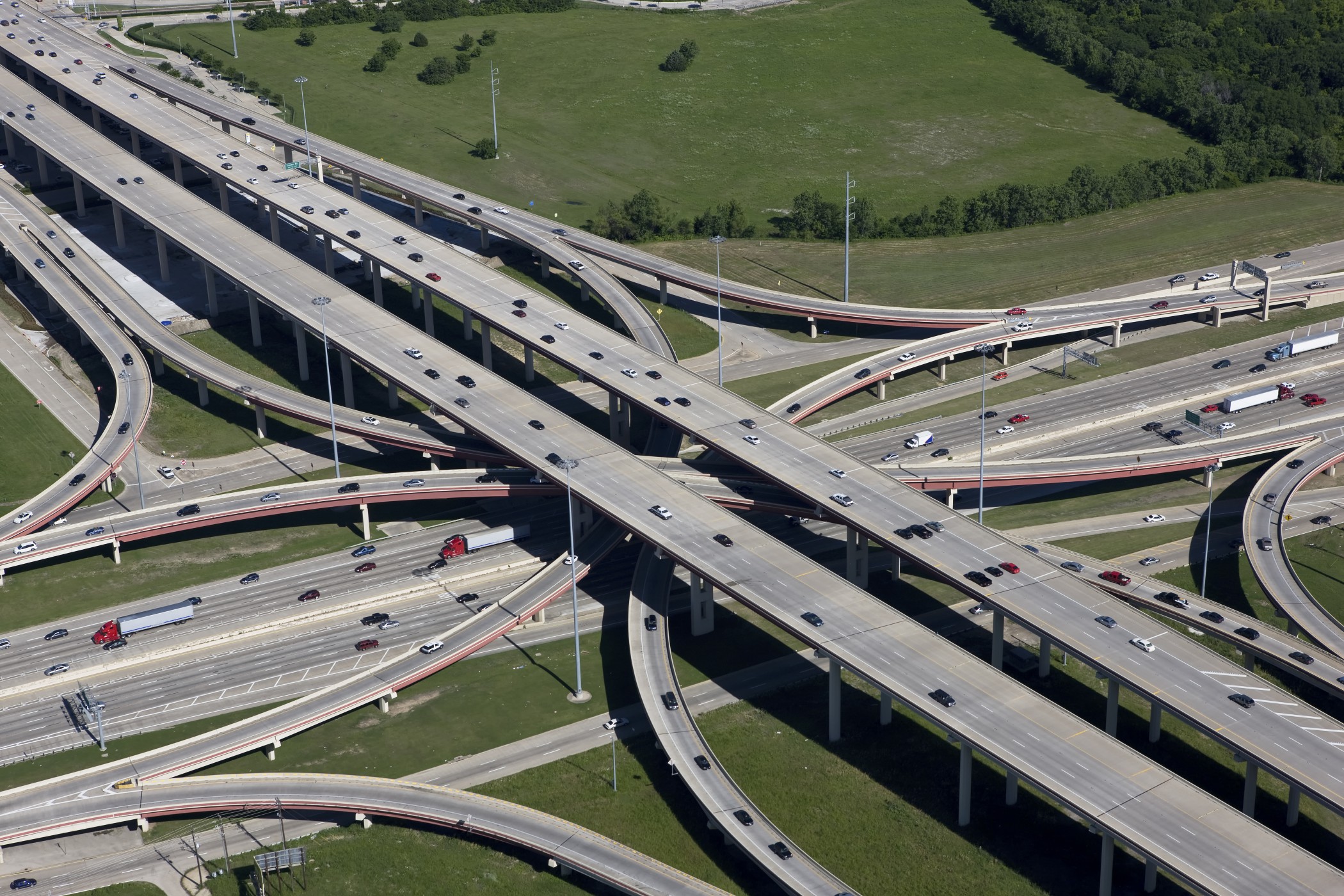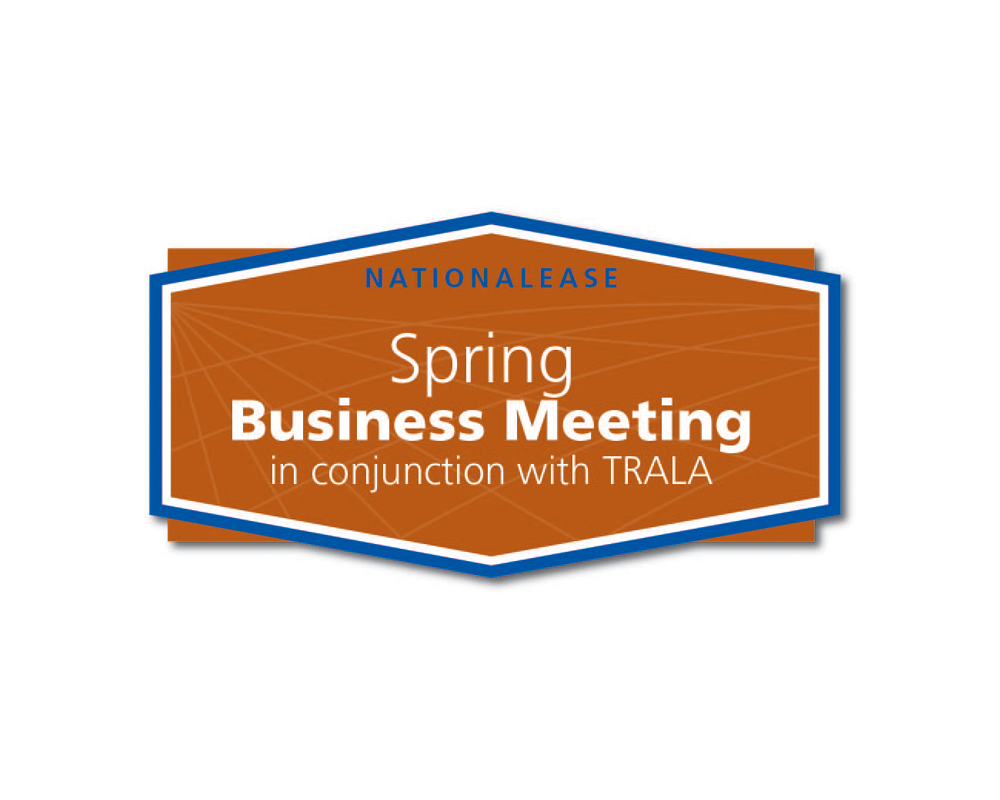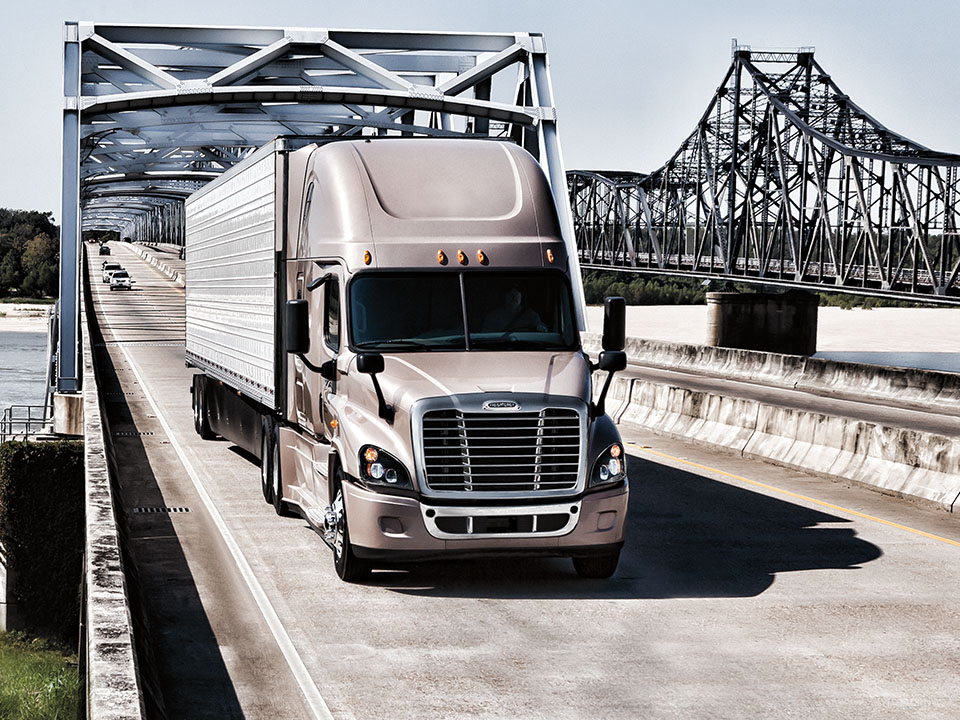Carriers and shippers know that congestion imposes big costs in both time and money. Now the numbers prove how costly it is.
Sometimes you need to see something in dollars and cents to truly understand the full impact of the issue. Anyone who is involved in shipping freight by truck knows that congestion is a major problem. We know the causes of congestion: deficient roads, highways, and bridges result in lanes being closed for road repair (or simply closed with no repair in sight); huge population growth in areas resulting in too many cars for too few highway lanes; city traffic because…well, city traffic; and, of course, accidents and breakdowns which can happen anywhere, any time. We know the causes…now we know the cost.
Last week, FleetOwner published an article, “Trucking by the Numbers 2018: Safety and the numbers,” that cited a number of studies showing how congestion contributes to the cost of shipping. The numbers cited are from 2015 and we know that truck freight volume has only increased since then. So the numbers, when we get them, may be even worse. Of the top ten states listed, all (except for Tennessee) are also in the top ten most populous states in the U.S – so the congestion does make sense. But the cost!!!
Florida tops the list with more than $5.4 billion estimated in congestion costs, quickly followed by Texas (more than $5.1 billion), California (approximately $4.2 billion), and New York (over $3.9 billion). The rest follow with costs estimate between just over $2.012 billion to a little more than $2.991 billion. If these numbers are disturbing, consider the overall cost of $63.5 billion. To illustrate the enormity of this cost, the findings note that the delays caused by congestion were the equivalent of having 362,243 commercial truck drivers sitting idle for a full working year.
When you look at these numbers (which, as I said, have possibly been exacerbated in the ensuing years due to increased freight volume), you understand why our industry has been such a huge proponent of infrastructure spending and why they are so eager to see a proposal that is more than a stopgap measure. That is why in March of this year, the president of the American Trucking Associations, Chris Spear, called on Congress to come together and consider a true investment package that will finally fix crumbling and inadequate roads and bridges. As he stated, “Roads and bridges are not Republican or Democrat; they aren’t free or cheap. It’s time to stop pointing fingers and making excuses and start investing in our future.”
All I can say is “Amen” to that.





